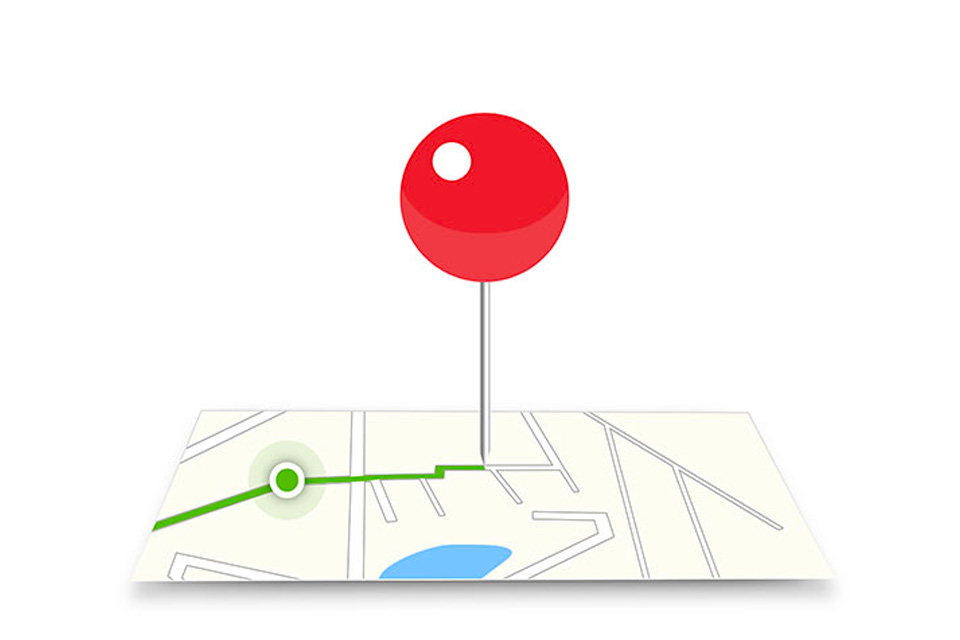Welcome to the world of online marketing. You might have a taste for what it can do for you if you’ve signed up for Google search engine placement or running Facebook ads for a campaign.
But if you’re new to the online marketing world, you’re likely to discover a lot of ideas you’re not familiar with. All of them have a place in your online marketing campaign. All of them can be exciting additions that can bring in lots of new customers.
Let’s talk a little about geofencing and what it can do for your business.
What is a Geofence?
Geofencing is a method of defining a virtual barrier on a real geographic location. It’s putting a virtual fence around a predefined area. It’s a location-based service in which an app or other software program uses GPS, RFID, Wi-Fi, or cellular data to trigger a pre-programmed action when a mobile device enters a geographical location. This is known as a geofence.
Depending on how the geofence works, it can prompt mobile push notifications, trigger text messages or alerts, send targeted advertisements, allot tracking on vehicle fleets, disable certain technology, or deliver location-based marketing data.
For example, let’s say a grocery store like Whole Foods uses geofencing as a marketing strategy. Whenever you are driving near the store, you might receive a message prompting you to visit the store. They might offer special deals, coupons, weekly best buy items, or simply a notification to stop by and pick up something for dinner. The possibilities are endless and can be used to trigger a host of different responses.
How Geofencing Works
To use geofencing in your marketing, you must first establish a virtual boundary around a specified location. This can be as simple as a circle drawn around a location on Google Maps. This geofence will then trigger a response when an authorized device enters or exits that area.
A geofence is most commonly defined within the code of a mobile application. It isn’t something that works on all devices that enter an area. Instead, users need to opt-in to location services for the geofence to work. If you normally go to Starbucks on your way to work and opt-in for special deals, you can deliver messages for anyone entering the appropriate area. If you go to a concert venue, they might have an app you can download that will give you special information about the venue itself.
As a marketer, you entice prospects to utilize your apps and sites in order to gain access to their information. Once you have them as an opt-in, you are free to trigger alerts and notifications as you desire.
Geofencing isn’t just for mobile apps. It can also be used to control and track vehicles in the shipping industry, even in the drone industry to accommodate proximity around airports, government structures, or open-air venues. The FAA, for example, can create drone-resistant geofences upon request to stop a drone mid-air while warning others when they enter spaces the shouldn’t belong.
Dig Deeper
Why Google My Business Is Important For Your Company
‘DMG’ Named Among ‘50 Leading Companies Of The Year 2017’ By The Silicon Review Magazine
What Is The Ideal Geofence Area?
There really isn’t a right size for using geofencing for your area. A city may use it for certain controls. A business might use it for connecting with people right in their area. The best place to start is right in your own backyard.
Don’t think too big to start. Instead, find ways to target people that drive by, see you, even notice your name from time to time. Then if you aren’t getting the response you’re looking for, expand your target area from there.
Geofencing is not about bombarding users with messages all the time, wherever they go. If you do that, they’ll opt out of your messaging altogether.
Instead, remember the customer comes first. Geofencing isn’t just another way to sell to your audience. It’s an organic way to connect and add value. Pop in every once in awhile with surprises. Connect when you truly have something important to say. You wouldn’t want your favorite companies exploiting every channel to boost sales; don’t do that to your customers either. But if you give high-quality information in a timely, relevant, and useful way, this can be a pretty neat tool to use.
Your goal should be to improve your customers’ experiences and provide benefits.
Geofencing Applications
With the rise in mobile devices, geofencing has become a standard practice for many businesses. Once a geographic area is defined, the possibilities are endless for what companies can do to reach out to their target audiences.
Push notification remains ever-popular. If you’ve downloaded an app for your favorite restaurant or store, you’ll get push notification once you enter the store or walk or drive by. It can prompt you with coupons or entice you with specials that are only offered to their “VIP” customers.
Social networking platforms can also be linked via geofencing techniques. Location-based filters, stickers, and other shareable content can turn on once you enter a specific and targeted area. For example, if you enter a concert venue, you might have access to custom-made filters for uploading information not available to anyone outside of these perimeters.
Smart appliances are a growing trend. And as our appliances get “smart,” you can trigger an appliance to remind you of certain things. For example, your smart fridge may remind you to pick up milk on your way home.
Taxi and car services also use geofencing technology to alert you to finding transportation in your general vicinity. While still in its infancy, we can already see how people in the future can further define their marketplace by capturing riders attention with certain promises they don’t find in every vehicle. Coupons are just the start – why not push a classier ride, or even have your favorite tunes and snacks waiting for you when you enter the car?
The better you understand the behavior of your prospects and customers, the better you can reach out to them and give them exactly what they want.
As powerful as this technology is, we’re only just starting to realize it’s full potential. If you want a marketing team that can help you navigate geofencing for your needs, give us a call today.




